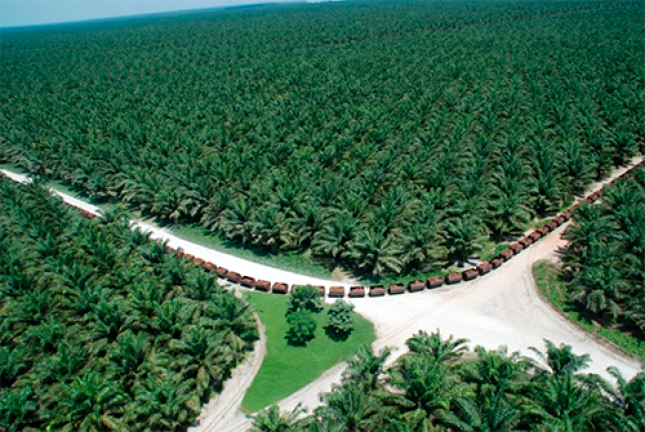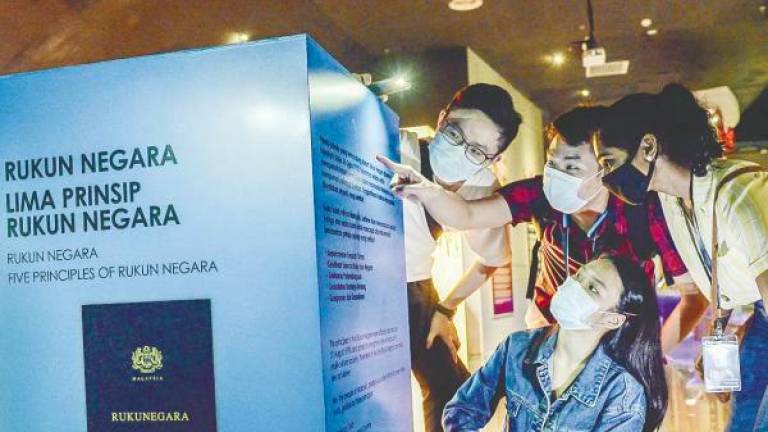PETALING JAYA: United Plantations Bhd posted a net profit of RM123.59 million for the second quarter ended June 30, compared with a net profit of RM75.94 million in the previous corresponding quarter on higher contributions from its plantations and refinery segments.
In a Bursa Malaysia filing, the group said group crude palm oil (CPO) and palm kernel (PK) production increased by 15.6% and 17.2% respectively whereas average group CPO and PK prices increased by 13.4% and 32.5% respectively compared to the corresponding period.
“Consequently, the profit before tax of this segment surged by 58.3% in the current period. Revenue for the segment increased by 19.2% to RM396.6 million in the current period from RM332.8 million in the corresponding period, mainly due to higher group CPO and PK production, and higher group CPO and PK average prices,” it said.
Its refinery segment saw a marginally higher profit before tax, mainly due to favourable hedging positions in the current period. However, revenue decreased by 6.9% to RM378.1 million due to lower sales volume.
United Plantations recorded RM400,000 in foreign exchange gains from rupiah-denominated loans extended to Indonesian subsidiaries in the current period, compared with foreign exchange gains totalling RM1.3 million reported in the previous corresponding period.
For the cumulative period, United Plantations’ net profit stood at RM204.78 million on a revenue of RM613.23 million, from RM142.87 million and RM592.8 million respectively a year before.
On its outlook, the group said it is difficult to predict the results for 2020 as much could still happen.
“However, based on the prices contracted under our forward sales policy and with production improving due to large areas steadily coming into maturity from our replanted areas in Malaysia, the board of directors expect that the results for the year will still be satisfactory and better than in 2019,” it said.
It added that it will continue to replant areas of its older and less productive oil palm stands in Malaysia during the rest of the year, with cost efficiencies and improved productivity continuing as a vital part of sustaining its development going forward.













